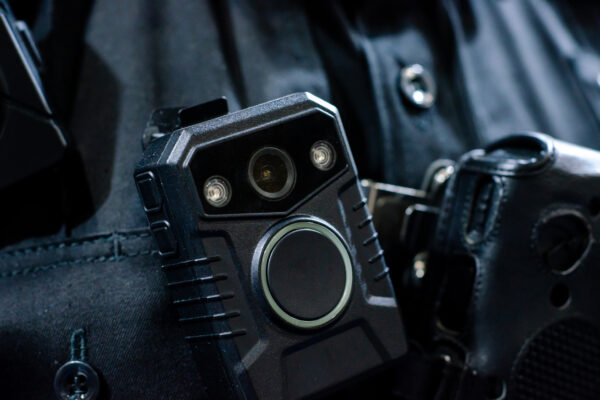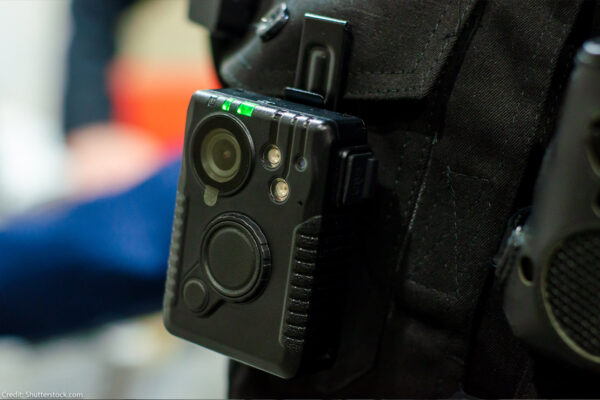Toolbox: Getting APD's bodycam policy right
(Oct. 27, 2021) - Body-worn camera footage provides an independent record of police behavior that, when made public, can reveal abuses of power, challenge police narratives, and can contribute to accountability. And while there are numerous examples that are a testament to the power of bodycams, we have also seen numerous examples of why simply acquiring and deploying body-worn cameras doesn’t always achieve this. Why? Because the policy must demand it. A strong policy will provide the department with a blueprint for using body cameras in a transparent way, and it will provide the public a way to hold police accountable.
The rules around how officers use body-worn cameras, and what happens to the footage, are vital to delivering accountability while protecting privacy. Without these, cameras can create greater harm and even be used as a police propaganda and surveillance tool, instead.
The Anchorage Police Department has been working on the policy for most of 2021, and publicly released two separate drafts while soliciting feedback from the public. Unfortunately, both the policy and public engagement have not shown a commitment to the central promise of body-worn cameras — that they can be tools for greater public oversight of law enforcement, especially when force is used, and engender greater trust between the police and the Anchorage community. It is imperative that APD improve its policy and public engagement before equipping officers with cameras, which will likely be in 2022. We offer several important ways APD can change its draft policy to achieve these goals.
See the policy here: https://public.powerdms.com/ANCHOR/tree/documents/2370606
Documents
Related Content


